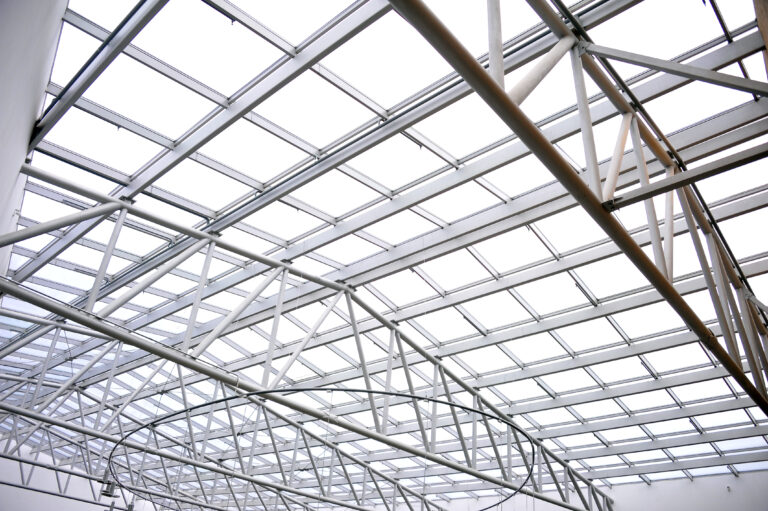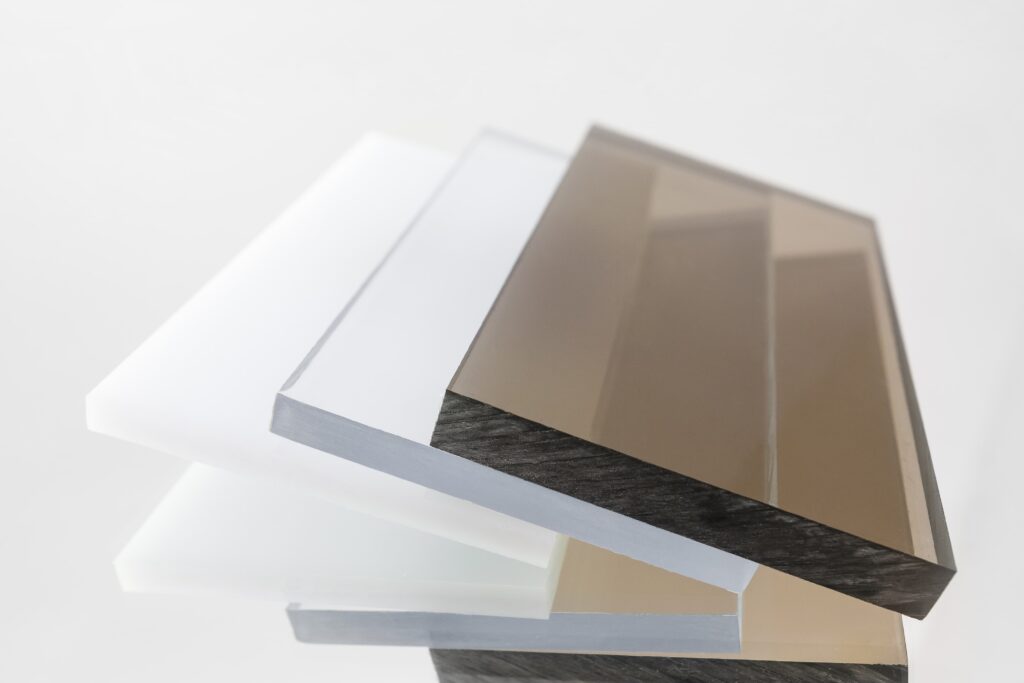Polycarbonate roofing, in simple terms, refers to a special type of plastic material used for shelter. Since it is made of polycarbonate sheets – a versatile, thermoplastic material used in other applications as well – polycarbonate roofing offers the same benefits. These advantages include:
- Durable
- Lightweight
- Efficient to use, since it is easy to transport and install
- UV-resistant
- Can contain and resist extreme temperatures
- Resistant to fading and discoloration
- Flexibility as a material
- Affordability
All things considered, polycarbonate roofing can often be the practical, smart, and cost-effective solution for any property’s repairs or upgrades.
Understanding Polycarbonate Sheets Thickness
That being said, it will prove useful for any property owner, construction contractor, or real estate agent to understand why polycarbonate sheets come in different sizes. With its resilient properties, polycarbonate sheets can last for decades, especially when a structure is built to last. Apart from durability, the usability or efficiency of a polycarbonate sheet’s thickness is often based on specifics such as:
- Translucency, opacity, or overall capacity that allows light to pass through
- Insulation and heat preservation
- Conductivity
- Ultraviolet light (UV) protection and light diffusion
- Volume of panels
Given a particular need for polycarbonate roofing, the different thicknesses of a sheet can impact these concerns accordingly. Imagine needing a polycarbonate roof for a greenhouse versus needing to cover a trellis with a walkway – the thickness of the roof will matter, as it can affect how one interacts with either structure. A greenhouse will likely warrant thicker sheets and additional panels, while a trellis can work beautifully with thinner, polycarbonate roofs.
Knowing the appropriate thickness of a polycarbonate sheet will help any home or condo owner, contractor, or real estate broker make correct calls and sound evaluations when it comes to repairing or renovating the roofs, walls, or panels in their houses. With its range of benefits, polycarbonate roofing works well with most applications.

The Right Polycarbonate Sheet Thickness for Roofing
So, let’s say I’m sold on the idea of utilizing polycarbonate sheets – how do I know the correct polycarbonate roof thickness for my home, office, or greenhouse? This is where it can be advantageous to consult an expert. There are many other types of polycarbonate sheets that serve other applications, such as sound barriers, partitions, and wall backgrounds. Depending on one’s requirements, polycarbonate roofing can also be just as customized to certain specifications.
Since polycarbonate roofs are available in a variety of thicknesses, it is good to know that a safe baseline is somewhere between 4 and 8 mm – depending on how extreme the weather can get in your area. The size of a property’s structure and the way it had been constructed can also influence the efficiency of polycarbonate sheets. Thicker panels installed in tighter spaces, for example, can mean that less light passes through, but the wall or roof is sturdier, too.
One of the things to also consider is that polycarbonate sheets used for roofing applications are “multiwall,” unless otherwise specified. These multiwall polycarbonate sheets create a thicker body, thus improving insulation, as the chambers help contain more heat. There are solid polycarbonate sheets as well, which can offer a spectrum of colors, including skylight clear panels.
Building it Right with Duralon
As a polycarbonate sheet supplier in the Philippines, Duralon’s wide range of products offer extensive and targeted advantages. From skylights to partitions, sound barriers, and decorative wall panels – whether for residential, commercial, or industrial use – our polycarbonate sheets, panels, and roofs deliver the right quality that our clients deserve.
Feel free to read more or contact us today for any inquiries.

